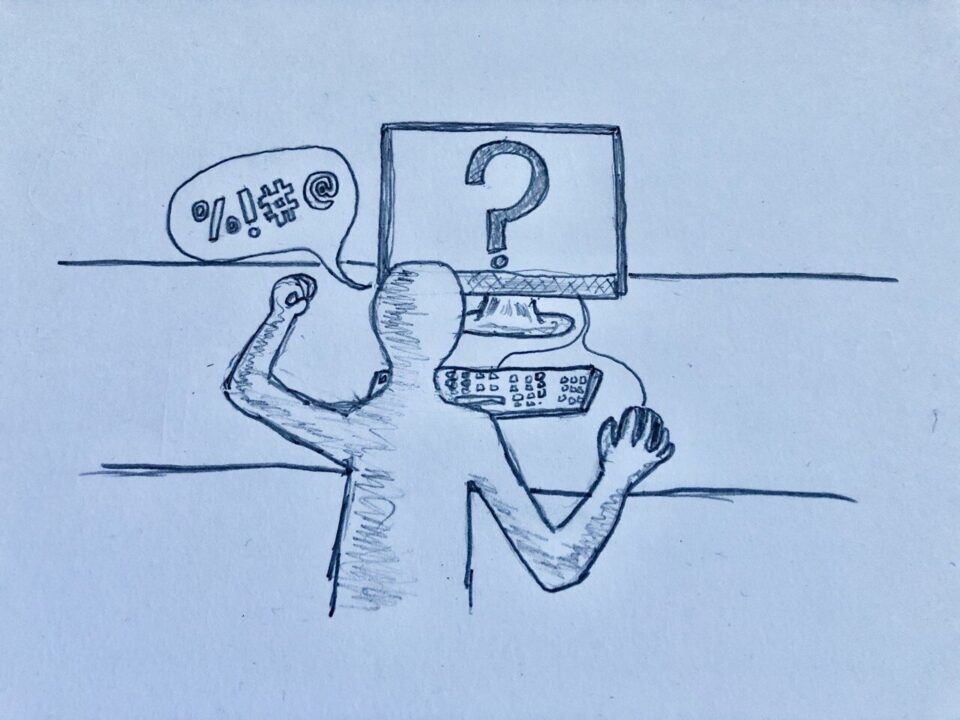Digital or Physical – a teaching space is a teaching space

I’m now 15 weeks into my new position as Learning Technology Support Officer for Educational Design and Engagement – and I’m seeing a lot of similarities from my previous position in Learning Spaces Technology. Both teams look after services, providing user advice and support, contribute to service improvement and course design. EDE mostly supports the Virtual Learning Environment and LST supports physical teaching spaces on campus.
Designing and supporting teaching spaces, whether it’s in a physical or an online digital space, is very much the same thing. I find it has a lot to do with user awareness, knowledge of the technology and the reliance on it.
Yes, technology fails. So we do regular maintenance – such as testing of services and updating software and equipment. We can put in place a work-around to make sure we minimise the disruption of teaching and services, but other issues occur due to user error and lack of technical knowledge of systems and tools.
Therefore it’s up to Learning Technologists to educate the user and help design a course that works well, both in the physical and online teaching spaces to make sure tools are used correctly and effectively to enhance the student experience. After all – hybrid teaching, blended learning and flipped classrooms are certainly not a new concept.
Providing training sessions, workshops, user guides, training videos, drop-in sessions and one to one training sometimes just isn’t enough. Users don’t seem to know where to find the materials or know what support is available. Some might not feel the need to engage until they have a problem.
This was highlighted more so due to the current Covid-19 pandemic forcing users to teach in different ways and using technology they may not have used before. We have evidence of this with the sheer number of support calls coming through Unidesk, with the volume of calls increasing by approx. 400 percent on last year. I do understand it can be quite frustrating and time consuming for the user at times and the “why doesn’t it just work” approach to an issue could be avoided by adding a bit of knowledge.
So how do you educate the educator and make them aware of all the help and support that is provided that would prevent them for putting in so many support calls?
Should we be introducing training during course design, during on-boarding or should certain training be mandatory?
Communication on a university level is definitely key and users do need to fully engage for it to be a success. That way we all can help provide the best possible student and user experience.
(Designed and drawn by Alan Hamilton)
(Designed and drawn by Alan Hamilton)






Recent comments